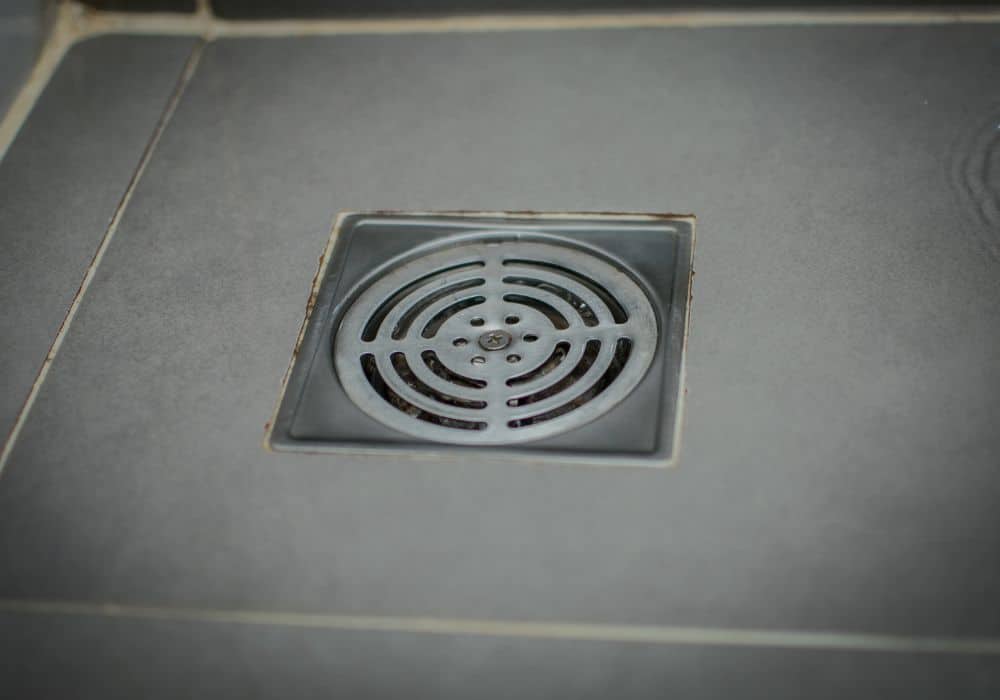Eliminating flooding or excessive moisture from a basement is a challenging feat. While modern building codes require the installation of a drainage system in the basement, older buildings didn’t have this requirement.
Whether you’re renovating an old structure or building a new one, you’ll have plenty of options for basement drainage.
Here we look at the most common types of basement floor drains homeowners use to prevent water damage to the property. You’ll also learn under which conditions each system is recommended and what are their benefits and possible disadvantages. Let’s get started!
Types of Basement Floor Drains
1. French Drain
A French drain is a simple pipe embedded in the gravel and installed in a sloping trench that leads to a drainage point. The gravel left exposed on the basement floor can be covered with plastic or metal grids for aesthetic purposes.
The pipe is usually installed 6-24 inches deep, depending on how much control you need over the water seepage.
It’s the ideal solution for preventing flooding issues caused by groundwater coming through the foundations. In some cases, it can also help resolve the issue of water coming through the basement walls.
Although French drains are very effective in preventing wet basement issues, their installation can be challenging.
You’ll need to dig around the foundation, potentially destroying walkways, porches, and other ornamental and functional parts of your property. You may also have to disrupt existing gas lines, sewer pipes, and electrical cables.
On top of that, French drainpipes are prone to clogging with debris, which can cause water to overflow or seep back into the basement. Unclogging pipes is another massive expense that only adds to regular maintenance costs.
Since the soil against the foundation eventually settles and becomes hard, it makes the pipes less effective. Re-grading the foundation every ten years will be needed to prevent this issue.
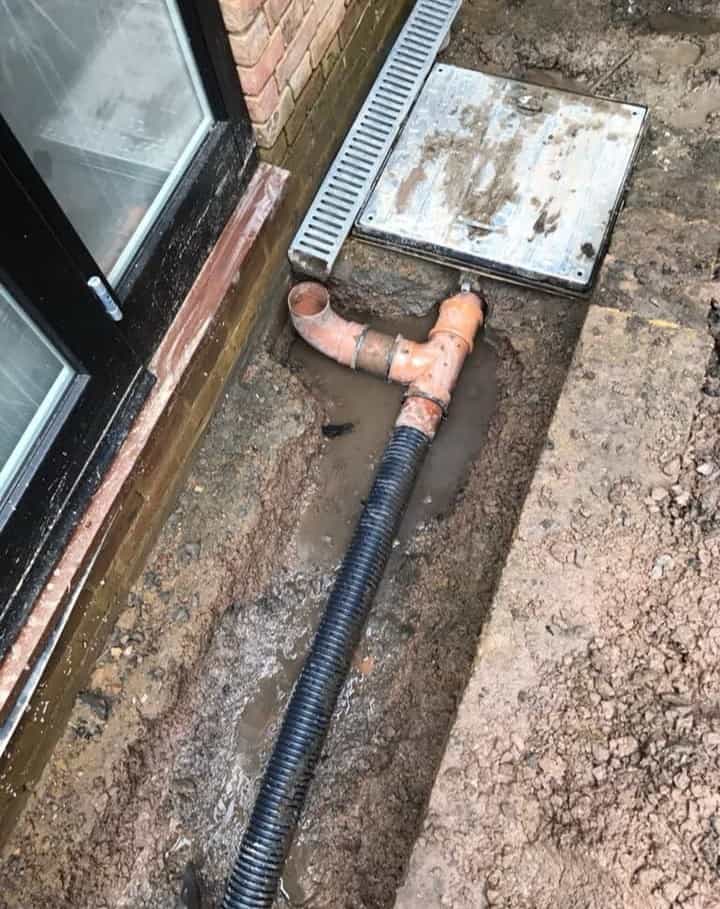
2. Curtain Drain
A curtain drain is very similar to a French drain, except it’s dug much shallower. It has a perforated tube set up into the gravel in a sloping trench. Because it’s set up so shallow, the pipe can easily redirect water coming through the basement walls.
It also makes it easier to install, and it’s a great solution when you don’t have to deal with groundwater flooding. For example, if you only have water that stagnates in your yard after heavy rain, a curtain drain can easily redirect it from your home.
However, depending on how your home is set up, you’ll need to consider whether you need above-ground or underground drainage. Curtain drains work well with above-ground drainage, but if you need an underground solution, you’ll need to look for another basement drain type.
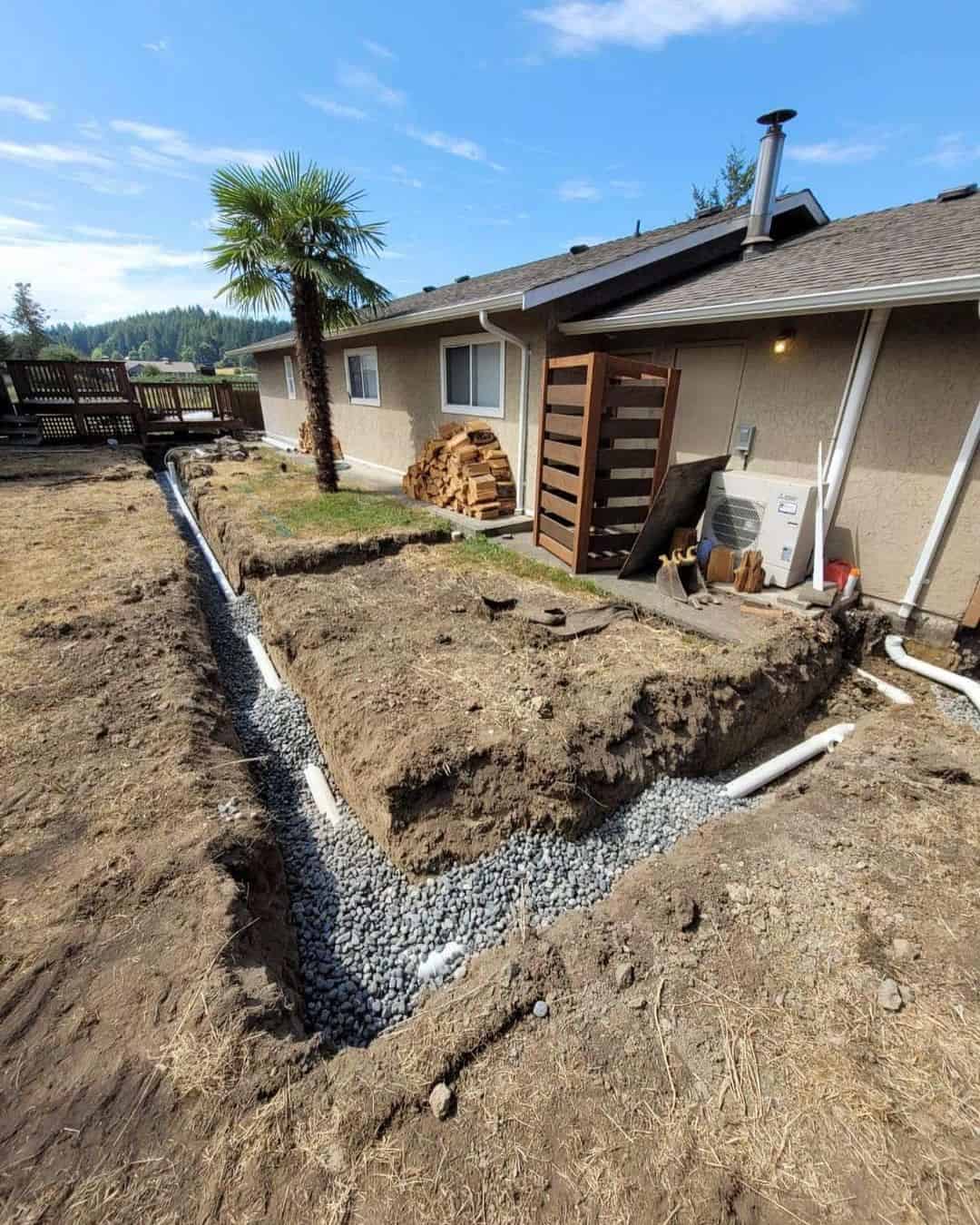
3. Regular Floor Drain
The most common basement floor drain has a hole in the floor covered by a rectangular grid. It’s installed at the lowest point of the basement floor, which allows it to collect standing water.
Then, it leads the water through an underground pipe network to a sewer, sump pit, or any other place in the plumbing system.
It’s a good solution for catching standing water caused by seepage that comes from under the foundation. If you want to connect it to your plumbing, the floor drain should be installed during construction.
You’ll need a P-trap and a suitable vent to prevent the sewer gases from reaching your basement. If it’s not installed during casement construction, it’s best to direct the floor drain into a sump pit.
4. Channel or Trench Drain
A channel drain is a simple sloping trench with a metal grid. It’s set up either in the middle of the basement floor or around the perimeter.
Instead of absorbing the water, it leads it to a sump pit or another reservoir that it later drains from. It’s a sound solution for preventing damage caused by plumbing leaks and other sources of water inside the home.
Because the floor must slope in the direction of the channel drain, the trench is made at the lowest point of the basement. If the basement doesn’t have the necessary slope to allow the water to travel toward the drain, you’ll need to resurface the floor to create the incline.
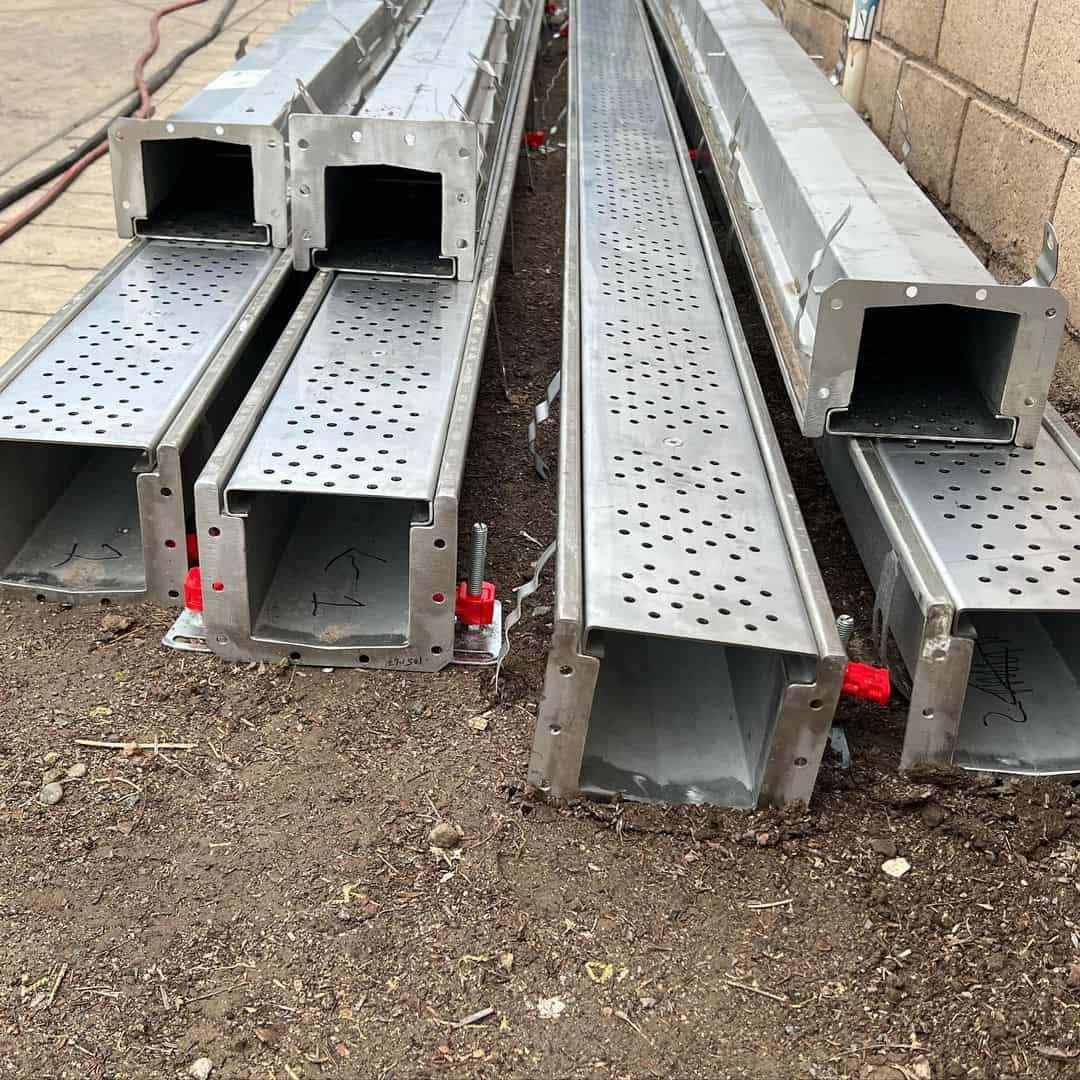
5. Interior Drain System
This system works similarly to an outside drain network, except you install them on the interior perimeter of your basement. There are holes in the floor that collect the excess water and lead it away through a pipe system.
Where the water ends up depends on how you prefer setting up the system. For example, you can channel it towards a sewer or another outlet in your yard, just like the basement floor drain. That said, it’s a good idea to connect this drain system to a sump pump. This can help you avoid clogging the sewer or the floor drain system in case there is too much water to be lead away.
With a setup like this, you can prevent concrete wall damage, relieve hydrostatic pressure from your system, and capture rising groundwater as it emerges.
You won’t need any other waterproofing solution, nor will you need to excavate, so you can do this at any time of the year. All this means that it’ll costs you far less than many other basement drain solutions, including the exterior drainage system.
Unfortunately, it’s not a good solution for finished basements because you’ll need to remove concrete on the inside.
Also, during the installation, you can’t access your basement. Another thing to keep in mind is that this system is designed for concrete floors and is far less effective for stone and brick foundations. Unless you use an exterior sealant, water will still seep through the bricks and stones.
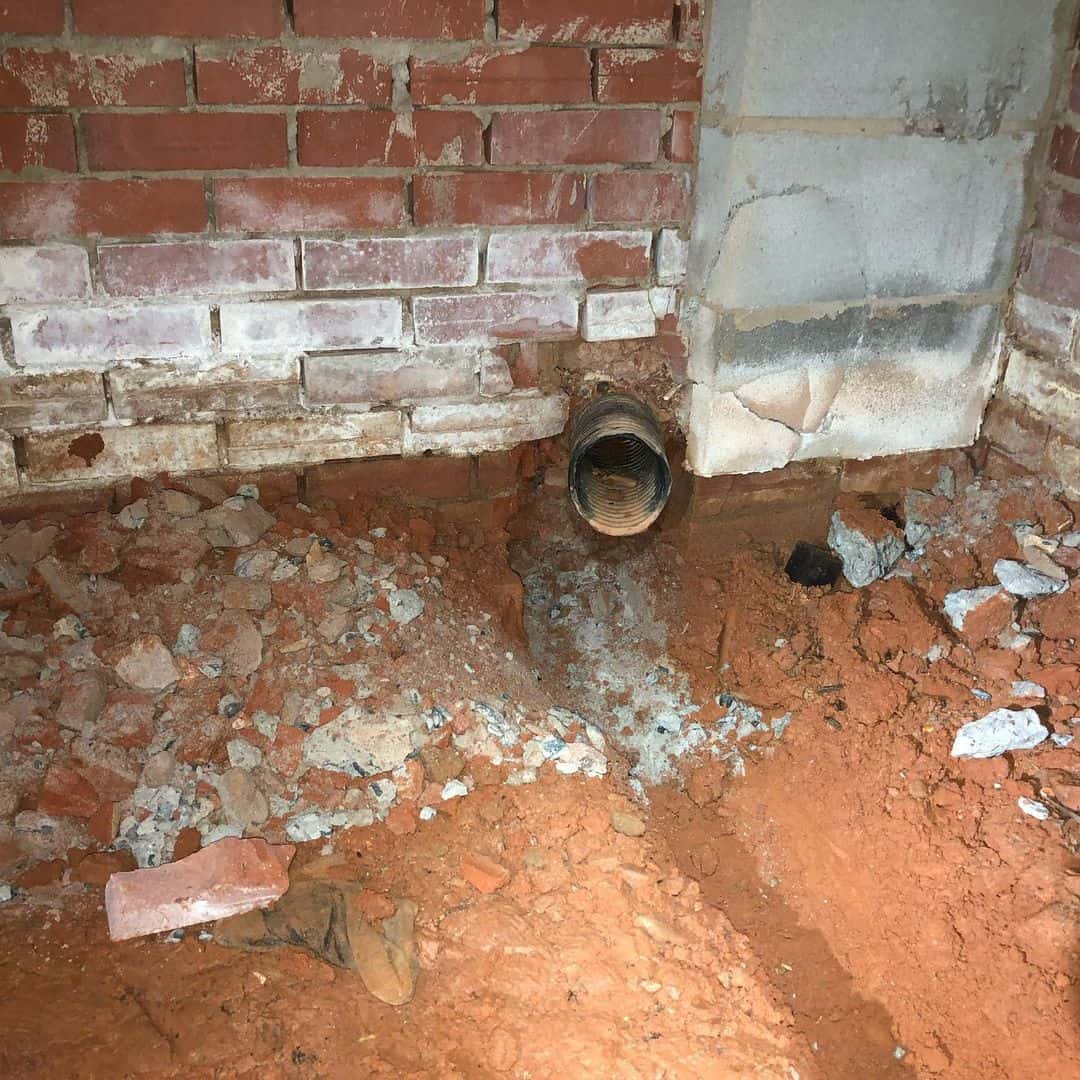
6. Exterior Perimeter Drain
These drains are set up around the perimeter of your home’s foundation. They collect and redirect the water before it reaches the basement. It’s typically applied when the water gets into the basement from the outside perimeter of the property.
Depending on the cause of the problem, different systems can be used for the exterior perimeter drain. For example, when runoff water creates an issue, a channel drain is sufficient for leading it away from your home.
Whereas if the area has high groundwater, French drains are the more hands-on solution. If the water is really high, you may need another drainage system along with the exterior drain to keep your basement dry.
Exterior perimeter drains help alleviate lateral water pressure against the foundation. Depending on the type of foundation you have or want to install, this system may also go well with an exterior waterproofing membrane.
Outside drains are easy to install, and you can still use your basement as the network is being set up. You won’t need a sump pump, although the excavation around the perimeter can be messy and expensive.
While the trench is being dug around your home, the exterior facade may be damaged, which represents an additional cost in repairs.
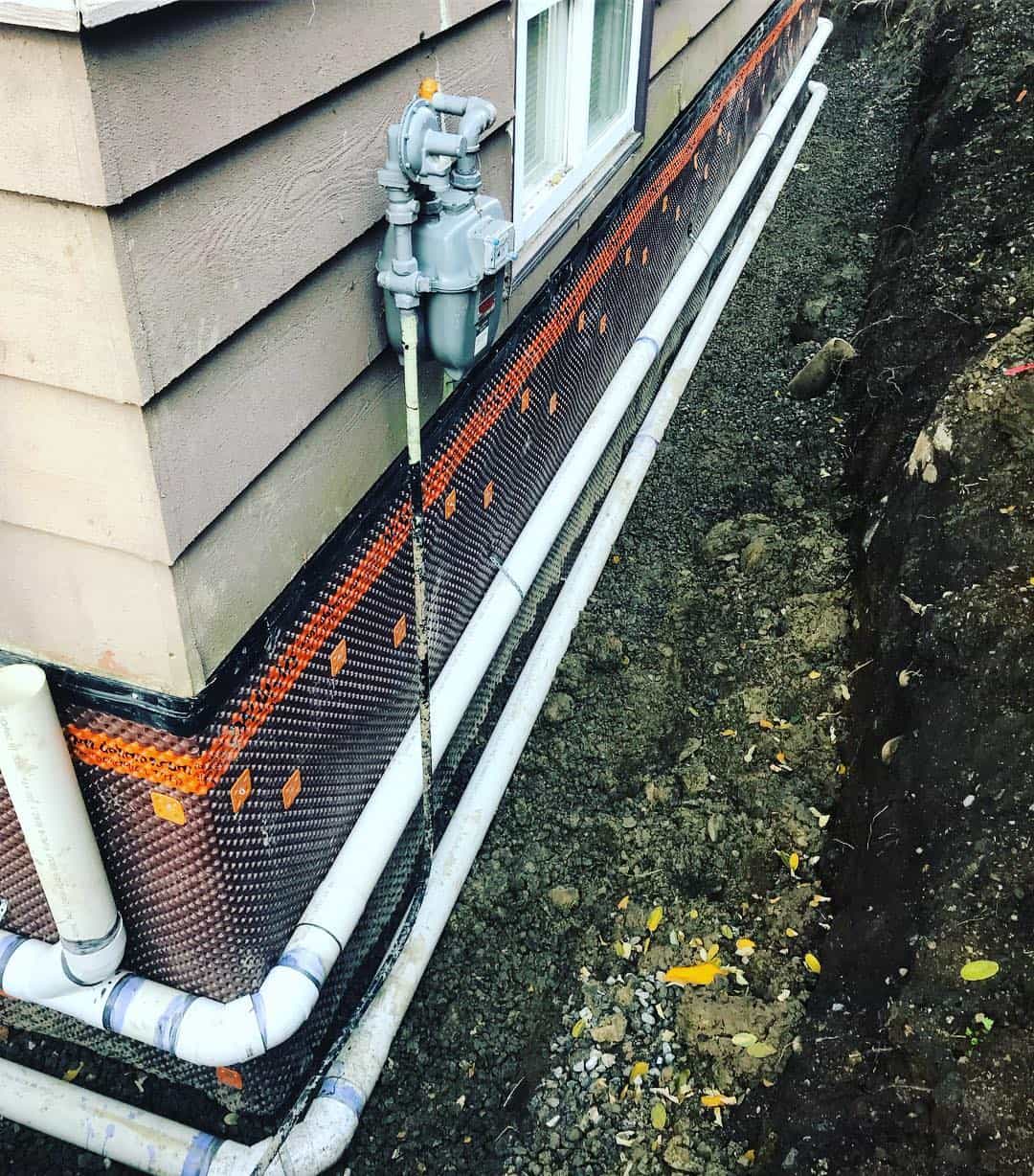
7. Sump Pit and Sump Pump
Both sump pits and sump pumps are typically used alongside other basement drainage systems. However, due to its high water table, a sump system can still be an effective way to protect your basement from flooding, even if it’s used on its own.
Sump pits are installed below the floor, and the groundwater seeps into them. When the water level in the pit gets high, a pump turns on to drain the water. It gets the water away from the basement, keeping it dry and preventing water damage.
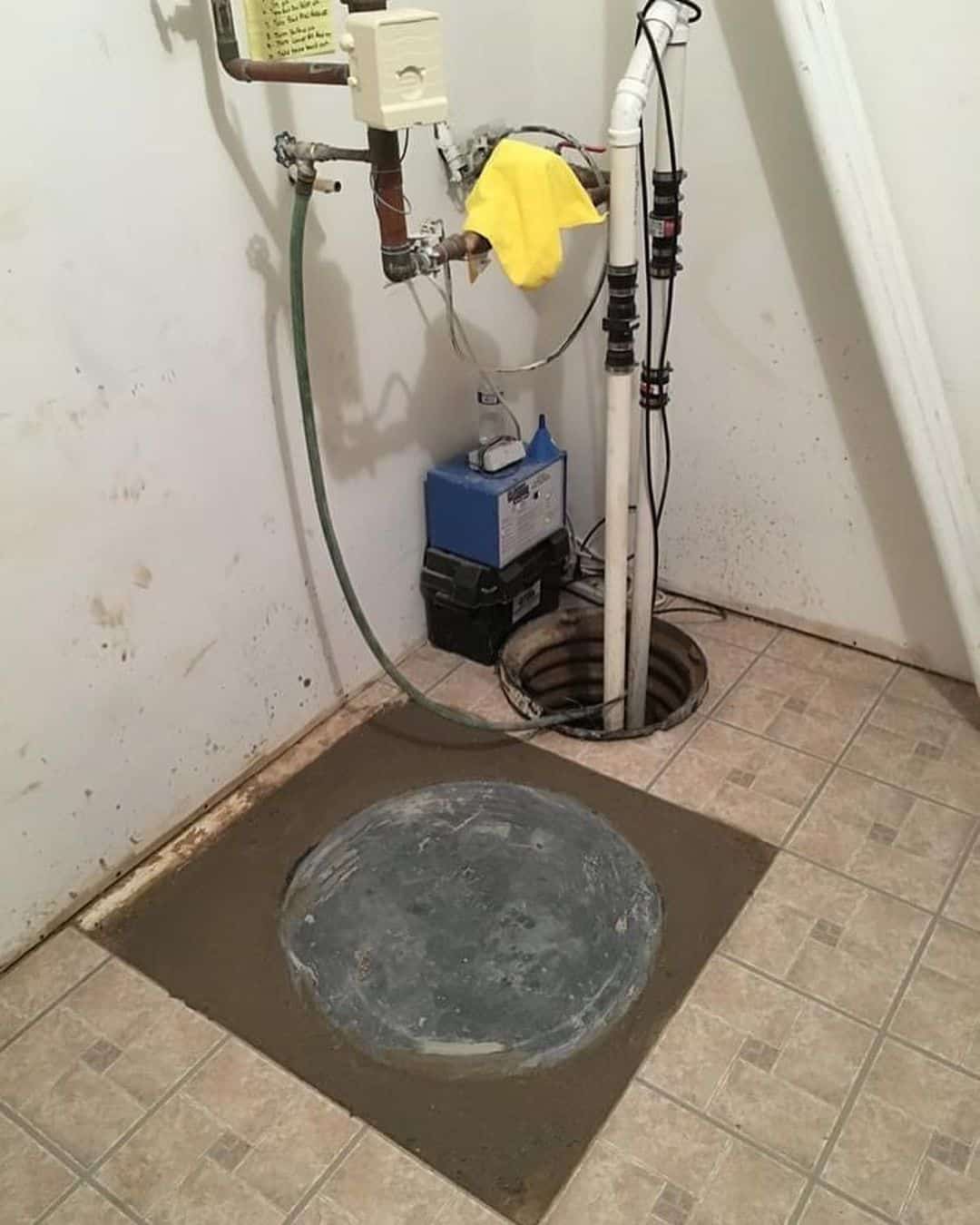
This solution is often applied in low-lying areas and areas with poor draining soil that carries a high flooding risk. It’s also great in areas prone to seasonal storms, as most pumps work even during power outages. Below are the two most common types of sump pumps used today.
- Submersible Sump Pumps – These sump pumps are installed in a large ditch under the basement floor. They’re attached to a floater that measures water level, and when the latter gets high, it triggers the pump’s engine to turn on. Since installing these systems requires the excavation of the entire basement foundation, they aren’t a practical solution for finished basements. Plus, the installation can be pretty expensive.
- Pedestal Sump Pumps – While installing pedestal sump pumps also requires a ditch under the basements foundation, the motor is installed above the trench. The alteration will be less intrusive and expensive. However (and this is true for all sump pumps), this system only drains away the excess water and doesn’t resolve the primary issue.
Final Thoughts
From easy-to-install outdoor drains to a supplementary exterior drainage system, the options for basement drainage vary greatly. The best choice for your basement depends on the features of the basement floor and how water gets into the basement.
Regardless of which option you choose, you must make installing a basement floor drain your priority. An adequate drainage system will protect against structural damage to your basement walls and your home’s foundation.
It’s a great investment as it can help you save a fortune on repair and maintenance you would have to do after a significant leakage and flooding.
